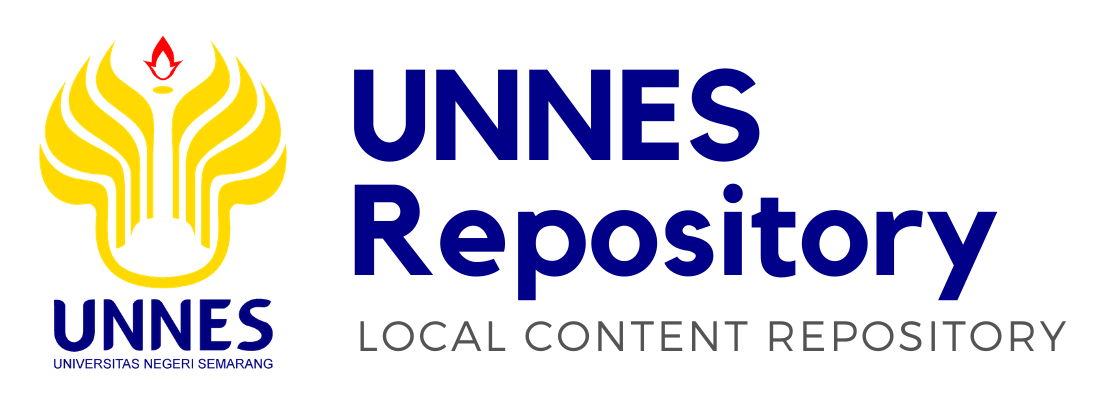TEACHERS’ SCAFFOLDING TALKS IN READING CLASSES
Agnes Widyaningrum, 2201503001 (2005) TEACHERS’ SCAFFOLDING TALKS IN READING CLASSES. Masters thesis, Universitas Negeri Semarang.
Preview |
PDF (TEACHERS’ SCAFFOLDING TALKS IN READING CLASSES)
- Published Version
Download (484kB) | Preview |
Abstract
This study is a discourse study on the teachers’ scaffolding talks in reading classes. The study was conducted in order to find out the kinds of teachers’ scaffolding talks, the speech functions used in teachers’ scaffolding talks and the linguistic features that characterize the teachers’ scaffolding talks. It is a qualitative study. The subjects of the study were the teachers of Reading IV in the Faculty of Language and Cultural Studies of Unisbank. The data for the study are the teachers’ scaffolding talks in Reading IV classes for morning as well as evening programs. The data were analyzed qualitatively through several stages as follows: 1) data transcription, 2) data classification, 3) data analysis by finding the speech functions used and the linguistic features that characterize the teachers’ scaffolding talks, and 4) data interpretation. The teachers of Reading IV were recorded for two times each in order to obtain the data i.e. the teachers’ scaffolding talks. The scaffolding talks were analyzed by classifying them into their main talks and scaffolding ones. As the temporary construction, the scaffolding talks were analyzed in terms of the speech functions used and also the linguistic features characterizing them. The model used in the scaffolding talks is offered by Gibbons (2002). The teachers of Reading IV also made some errors namely grammar errors and vocabulary one. The tense errors are appeared when the teachers used the copula be or the agreement in the scaffolding talks. The vocabulary errors are appeared when the teachers used the conjunction improperly in the scaffolding talks. The number or errors is just a few and do not give significant impact on the teachers’ talks. The kinds of scaffolding talks made by the teachers of Reading IV are modeling since they used their talks as model for the students. The speech functions used in the their scaffolding talks are the opening, initiating, pointing, responding and closing. These speech functions refer to the model offered by Gibbons (2002) by simplifying the IRF interaction model. Their scaffolding talks are teachers’ monologues so the interaction was not analyzed in this study. The linguistic features characterizing the teachers’ scaffolding talks are mostly the material process mentioned by Gerrot and Wignell (1995). Based on the findings in the study, there are some suggestions that can be offered. They are as follows: 1) The teachers of Reading IV should be good models for their students so that the students can learn from them, 2) The teachers’ scaffolding talks in Reading classes should be varied so that the students will not get bored during the teaching and learning processes, and 3) The teachers of Reading IV should be aware of the linguistic features which characterize the scaffolding talks.
| Item Type: | Thesis (Masters) |
|---|---|
| Uncontrolled Keywords: | TEACHERS’ SCAFFOLDING TALKS IN READING CLASSES |
| Subjects: | L Education > L Education (General) P Language and Literature > PE English |
| Fakultas: | Pasca Sarjana > Pendidikan Bahasa Inggris, S2 |
| Depositing User: | budi Budi santoso perpustakaan |
| Date Deposited: | 24 May 2013 00:24 |
| Last Modified: | 24 May 2013 00:24 |
| URI: | http://lib.unnes.ac.id/id/eprint/16832 |
Actions (login required)
 |
View Item |
